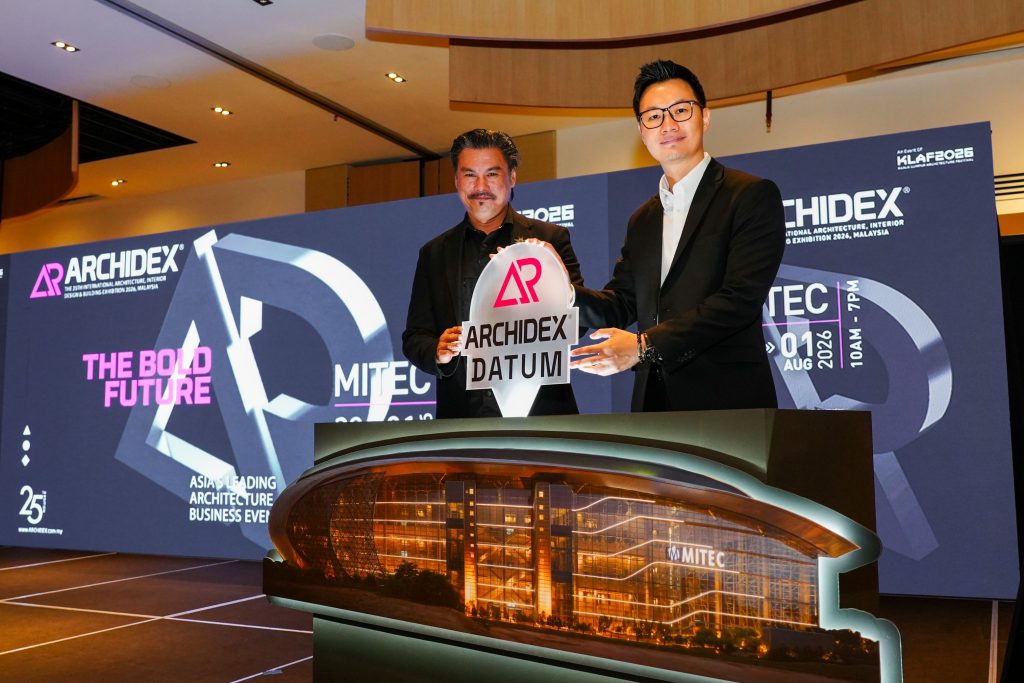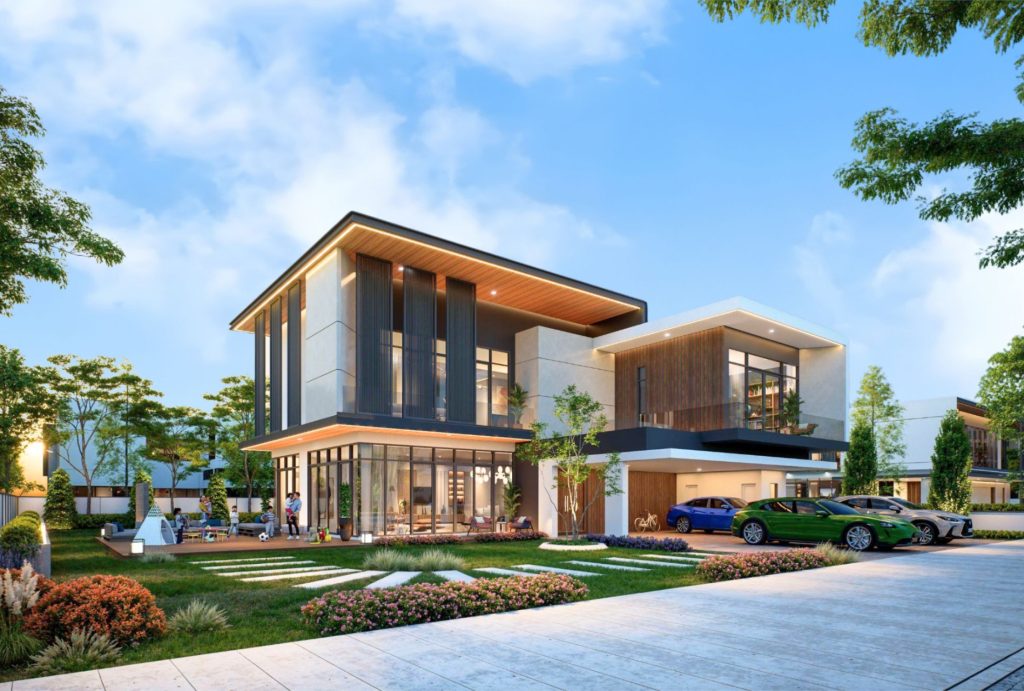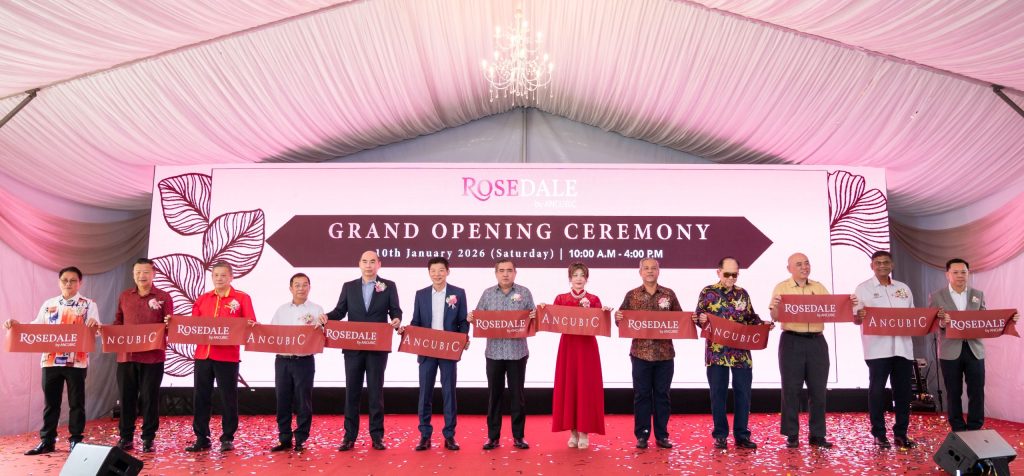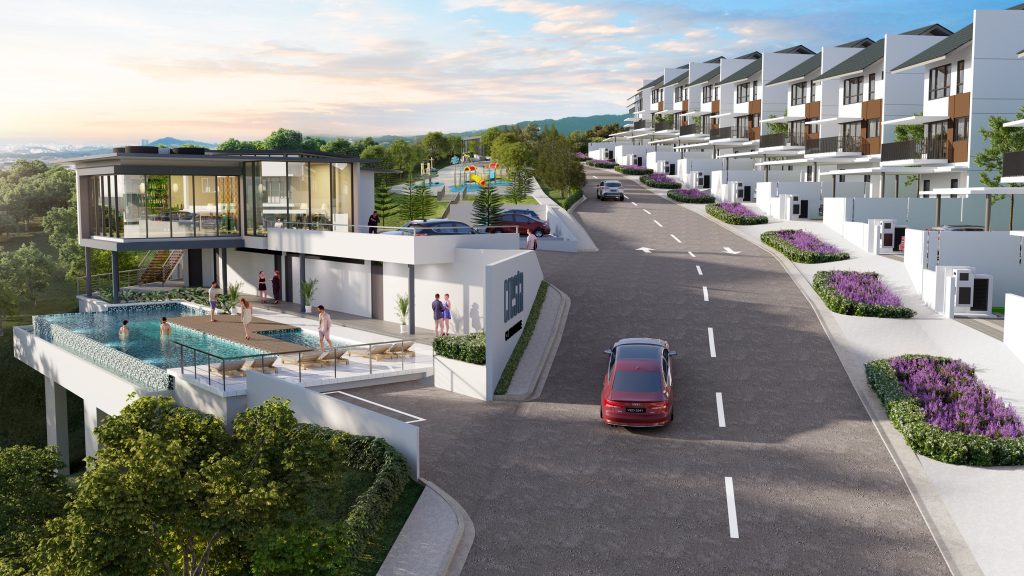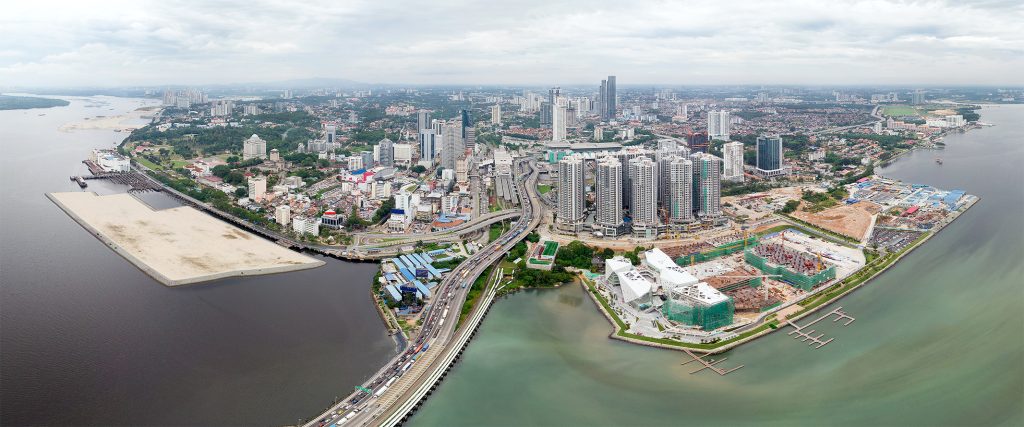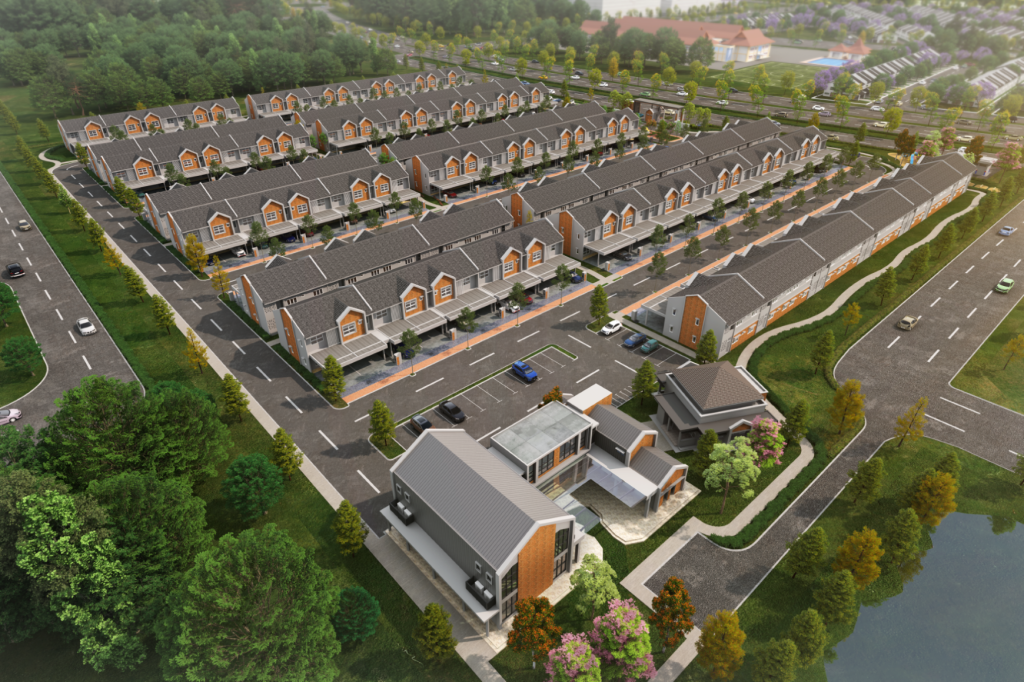By Joseph Wong and Yanika Liew
If the oppressive heat of Malaysia's increasingly frequent heat waves hasn't yet rung alarm bells, the nation is in for a rude awakening. Even as the world embraces another Earth Hour on March 23, one can’t help but wonder what it all means for the real estate industry.
The bold initiative, which began in 2007, is simply not enough in today’s reality and the real estate industry is in the thick of it. According to the United Nations Environmental Programme, the global real estate sector is responsible for approximately 40% of all greenhouse gas (GHG) emissions.
For the uninitiated, Earth Hour is an initiative to raise awareness about climate change. During Earth Hour, individuals are simply encouraged to switch off non-essential lights for one hour, excluding those vital for public safety. It is also a celebration of our planet, emphasising the importance of relishing the moment within a secure environment. For Malaysia, it is between 8.30pm to 9.30pm.
During Earth Hour 2023, global carbon savings can fluctuate based on participation rates and various influencing factors. Pinpointing the exact carbon emissions reduction during Earth Hour can be complex due to the intricate nature of global energy consumption and diverse responses across regions. Nonetheless, organisers of Earth Hour typically estimate carbon reduction based on past data and participation levels. It is estimated that the global electricity consumption in 2022 was 24,398 terawatt-hours (TWh), almost exactly three times the amount of consumption in 1981 (8,132 TWh) and Earth Hour reduced electricity consumption by an average of 4%.
Previous Earth Hours have been approximated to save millions of kilowatt-hours of electricity, leading to substantial decreases in carbon dioxide emissions. Nevertheless, it's crucial to recognise that Earth Hour alone cannot solve climate change. It serves as a catalyst for broader environmental awareness and action toward sustainability.
“The concept of sustainability has evolved over time, transitioning from merely adapting to local climates and preserving the built environment to actively mitigating the detrimental effects of overdevelopment,” Veritas environmental, social and governance (ESG) swat team leader Chu Jia Jun said.
Earth Hour’s energy savings aside, there is an increasing market demand for a more holistic interpretation of sustainability, prompting architects to integrate these evolving principles into their designs.
The traditional Malaysian vernacular house serves as a prime example of sustainable design, as our ancestors ingeniously utilised traditional resources and construction techniques without relying on advanced technology, Chu pointed out.
In contrast, contemporary buildings often incorporate parametric design and artificial intelligence, leveraging quantitative analysis and simulation to optimise green building performance.
While the introduction of green building certifications has certainly added value in recent years, sustainable design philosophies have existed for a significant period, with many sustainable buildings predating certification programs.
“Looking ahead, we anticipate that the scope of sustainable building practices will expand to encompass environmental, social, and governance considerations, which are perceived as the missing piece in the current context. This evolution promises a built environment that is more human-centred and inclusive, with a more equitable socio-economic landscape on the horizon,” Chu said.
The government’s ambition to achieve net-zero GHG emissions by 2050 and subsequently the Kuala Lumpur City Council’s KL Low Carbon Society Blueprint 2030, is an admirable step in the right policy direction, but can it be achieved on the ground? If not now, then when?
“Bite the bullet encapsulates my perspective on the KL Low Carbon Society Blueprint 2030. From the standpoint of the private sector, I commend DBKL for its commitment. However, it's not uncommon to observe varied reactions from professionals,” the architect added.
There will always be those who hastily join the movement without concrete execution plans. On the other, there are also naysayers resistant to the additional workload and sceptical about its technical feasibility.
Exclusive inclusivity
“The blueprint serves as a guiding principle, with designers playing a pivotal role as its foremost advocates. One radical concept involves reconsidering mobility in the city, which directly impacts the need for car parking spaces and reduces the associated carbon footprint, thereby addressing both excessive space usage and costs,” Chu said.
Even as Malaysia vows to move towards sustainable architecture, it remains frustratingly out of reach for many. Low-income communities and marginalised groups, such as the homeless, bear a disproportionate burden.
The reality is that they face the brunt of climate change, from natural disasters such as heatwaves and flash floods to the insidious economic effects of rising property prices. This is not a problem to be ignored, but rather a dire consequence that must be resolved to create a sustainable city.
Chu vehemently opposes the utilisation of hostile architecture and urban design, which employs elements of the built environment to intentionally manipulate behaviour. This approach often targets homeless individuals, who rely more heavily on public spaces, by limiting their physical activities and effectively excluding them.
“Addressing this issue is deeply distressing, as no individual should be left without shelter. It is imperative that we pursue architectural solutions, such as affordable housing initiatives, in tandem with complementary measures such as social support programs, community engagement efforts, and public-private partnerships,” he said.
“By combining these strategies, we can cultivate an inclusive and compassionate built environment that upholds the dignity of all individuals, without compromising the interests of businesses within the city,” he added.
Green gestures
However, as green certifications become the norm for upcoming developments, there is a crucial question we must ask. Are these companies making an earnest effort towards sustainable real estate, or are these simply performative gestures made to mask a less environmentally conscious reality?
“The primary focus is on passive green building design, particularly in addressing the heat in a tropical climate,” Chu said.
Attention should be given to building massing and orientation, which determine the orientation of east or west-facing building facades. The window-to-wall ratio should be considered, as it influences the building's heat gain and natural ventilation.
Careful selection of building materials is crucial, including choices for walls such as clay or sand brick, autoclaved aerated concrete block, or reinforced concrete walls, and window specifications, including types of glass like float glass, heat-soaked tempered glass, or laminated glass, along with corresponding U-value and shading coefficient.
“Only after ensuring compliance with these criteria can further discussions about additional green building features, such as energy-efficient air-conditioning systems or landscape and façade louvres for sun shading, be considered,” Chu said.
It is important to investigate potential loopholes within the concept of sustainable development, lest developers exploit them to receive a green effect without putting in the work. For example, a basic development lacking green building elements might still meet the entry-level requirements for a specific green building certification. Such misleading associations with green buildings could create false impressions, particularly among purchasers making significant financial decisions.
“Nevertheless, this doesn't negate the commitment of property developers who genuinely strive to create a better-built environment and invest more than required to fulfil their aspirations. Additionally, purchasers nowadays are increasingly informed and seek tangible data on the performance of green buildings. Therefore, merely relying on green-washing marketing tactics is inadequate and rather, real actions are now expected,” Chu said.
In collaboration with the United Nations Global Compact Malaysia and Brunei (UNGCMYB), Veritas developed its user-friendly building design checklist, the Veritas GreenCheck.
While the programme facilitates the assessment of initial building designs, enabling architects to effectively communicate sustainable building features and associated costs with clients, it has also been tailored for educational purposes and personal use.
“For instance, individuals interested in purchasing property can utilise Veritas GreenCheck to assess green building values and pose pertinent questions to sellers or designers, thereby holding them accountable,” Chu said, adding that Veritas GreenCheck can be downloaded from www.theveritasdesigngroup.com.
Stay ahead of the crowd and enjoy fresh insights on real estate, property development, and lifestyle trends when you subscribe to our newsletter and follow us on social media.





